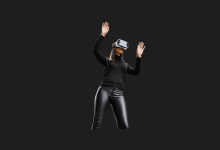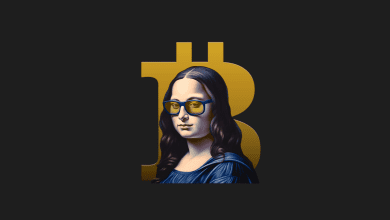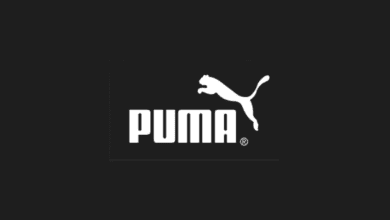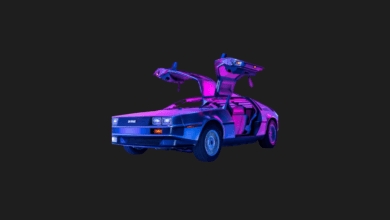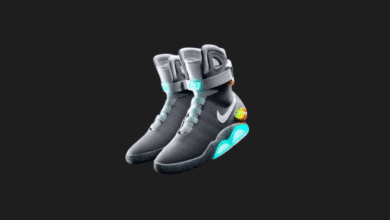Understanding the Term “Copy Cat” in NFTs: A Detailed Guide

The world of Non-Fungible Tokens (NFTs) is rapidly evolving, bringing a wealth of new opportunities for artists, collectors, and investors. However, with this growth, some issues have emerged, including the concept of “Copy Cat” NFTs. In this guide, we’ll explore what “Copy Cat” means in the NFT space, why it’s problematic, and how you can protect yourself from falling into this trap. We will use simple language to make this concept clear for everyone.
What Are NFTs?
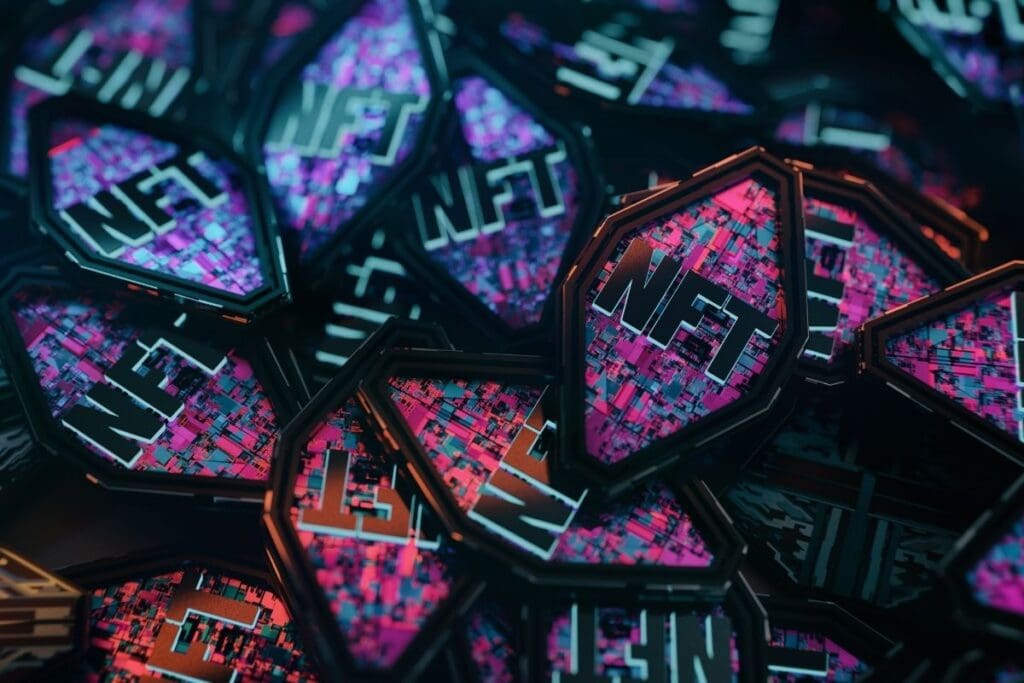
Before diving into the “Copy Cat” phenomenon, it’s essential to understand what NFTs are. NFTs, or Non-Fungible Tokens, are unique digital assets that exist on a blockchain. Unlike cryptocurrencies like Bitcoin or Ethereum, which are fungible (meaning each unit is identical), NFTs represent something unique—whether it’s digital art, music, or even a virtual real estate asset. Each NFT has distinct ownership and cannot be exchanged on a one-to-one basis like regular money.
What Does “Copy Cat” Mean in NFTs?

In general, the term “copycat” refers to someone or something that imitates or copies another person’s work or idea. In the context of NFTs, a “Copy Cat” refers to an NFT that mimics or outright copies an original NFT, often with the intent to deceive buyers or diminish the value of the original piece. While the blockchain guarantees authenticity, this doesn’t prevent bad actors from creating nearly identical replicas and selling them as “authentic” NFTs, especially to unsuspecting buyers.
Common Types of Copy Cat NFTs:
- Exact Duplicates: These are NFTs that are complete copies of the original, often using the same artwork, metadata, and even file names. The only difference is that they are minted by someone other than the original artist.
- Slight Alterations: Some “Copy Cats” make small changes to the original artwork or metadata (like changing colors or adding small elements) to make it appear unique, though it is still based on someone else’s work.
- Impersonation of Artists: In some cases, scammers might pretend to be the original artist, using the same or similar names and branding to sell their fake NFTs as authentic.
Why Are Copy Cat NFTs Problematic?

There are several reasons why Copy Cat NFTs pose significant challenges to the NFT ecosystem:
1. Undermines Originality
The whole point of NFTs is to provide verifiable ownership of original digital assets. Copy Cat NFTs undermine this by diluting the uniqueness of the original work, making it harder for buyers to distinguish between real and fake pieces.
2. Hurts the Artist
Artists lose revenue when Copy Cat NFTs are sold, as they are not compensated for their intellectual property. Moreover, the existence of replicas can damage the artist’s reputation, as buyers may be confused about which works are genuine.
3. Buyer Deception
Buyers, especially those new to the NFT space, may not have the tools or knowledge to recognize a Copy Cat NFT. They may end up purchasing a fake, thinking it’s an original, only to discover later that it holds little to no value.
4. Devaluation of the Market
As more Copy Cat NFTs flood the market, the overall value of NFTs can be affected. If collectors lose trust in the system due to rampant plagiarism, it may discourage new buyers from entering the space, reducing demand and prices.
How to Spot a Copy Cat NFT
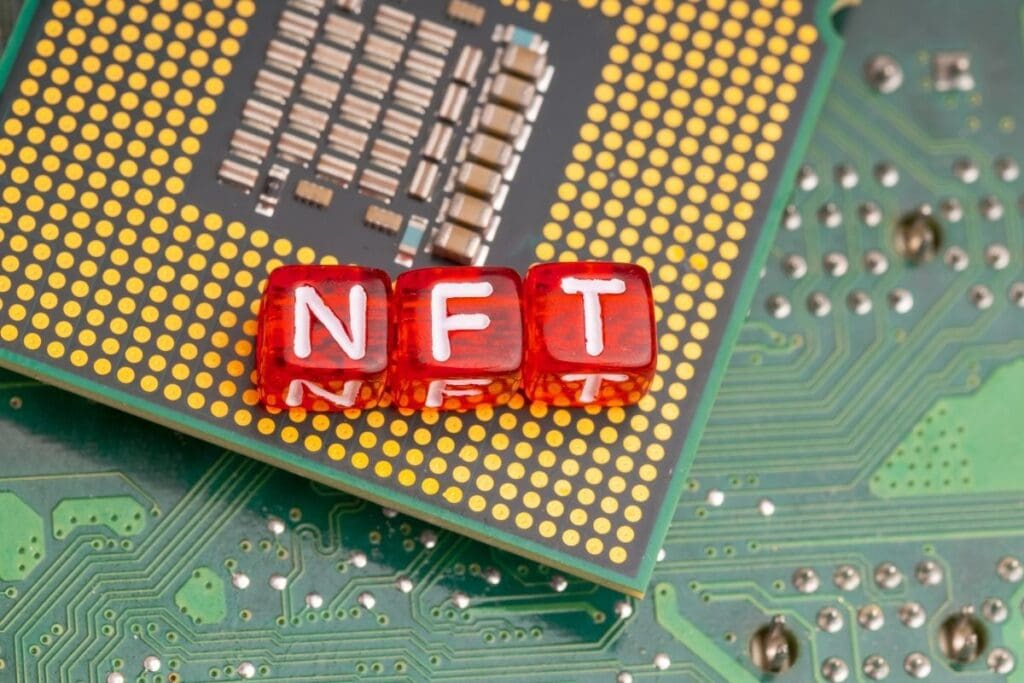
Although the blockchain guarantees ownership records, it’s still up to the buyer to verify the authenticity of an NFT before purchasing. Here are a few tips to help you spot potential Copy Cat NFTs:
1. Check the Creator’s Profile
Always research the artist or creator of the NFT. Ensure that the profile matches the original artist’s credentials. If the creator’s profile looks suspiciously new or has little activity, it may be a red flag.
2. Use Verified Platforms
Buy NFTs from established, verified platforms like OpenSea, Rarible, or Foundation. These platforms have built-in verification systems that flag fake or Copy Cat NFTs.
3. Inspect Metadata
Look at the NFT’s metadata, which contains information like the creation date, file details, and more. If an NFT was created after the original or has slight discrepancies in the metadata, it might be a Copy Cat.
4. Cross-Reference Artwork
Use tools like Google Image Search to find where the original artwork may be located. If you see the same image associated with multiple creators or listings, it’s a sign that the NFT might be a Copy Cat.
What Can Be Done to Prevent Copy Cat NFTs?

As the NFT space continues to grow, various methods are being implemented to combat Copy Cat NFTs:
1. Stronger Verification Systems
Platforms are increasingly focusing on stronger verification processes. For example, OpenSea has introduced an artist verification program to ensure that only authentic creators can mint NFTs on their platform. These verification badges help buyers identify the real creator.
2. Digital Watermarking
Some artists are beginning to use digital watermarking techniques to embed their signatures or other identifying marks directly into the artwork. While this doesn’t prevent copies, it makes it easier for artists and buyers to prove authenticity.
3. Community Vigilance
In the decentralized world of NFTs, the community plays a significant role in policing itself. Many NFT enthusiasts actively call out Copy Cat accounts and work to remove fraudulent listings from the market.
4. Legal Action
While blockchain technology itself is decentralized, artists can still pursue legal action against copycat offenders for intellectual property theft. As the NFT market matures, we may see more standardized legal frameworks for dealing with digital art theft.
The term “Copy Cat” in the world of NFTs represents a growing issue where artists’ original works are duplicated or altered and sold as originals, deceiving buyers and devaluing the marketplace. While blockchain technology does provide a way to verify ownership, it’s essential for buyers and artists alike to be aware of potential scams. With a careful approach—researching creators, using verified platforms, and inspecting NFT details—buyers can protect themselves from purchasing fakes, while artists can take steps to safeguard their work. As the NFT ecosystem evolves, we can expect to see more robust solutions for tackling this problem, ensuring that the value of originality remains intact.
You may also like this content
Follow us on TWITTER (X) and be instantly informed about the latest developments…

